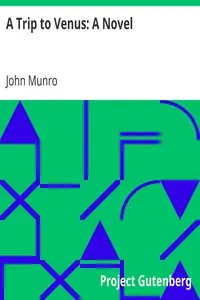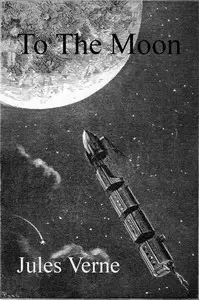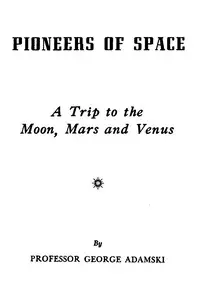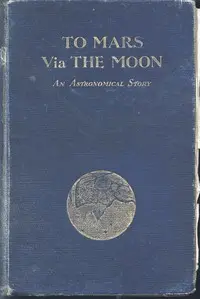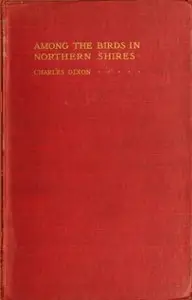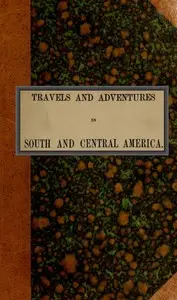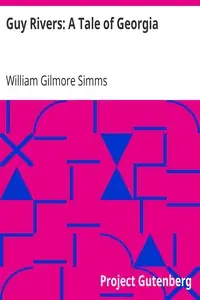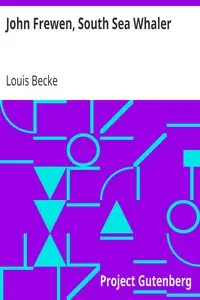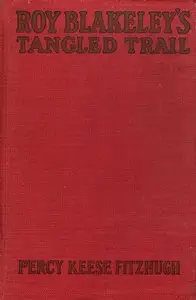"Fifteen Hundred Miles an Hour" by Charles Dixon is a science fiction story from the 1800s about an incredible journey from Earth all the way to Mars. Led by the brilliant Doctor Hermann, a group of adventurers including John Temple and engineer Harry Graham, boards the "Sirius," an air carriage, to navigate the vast unknowns of space to reach another planet. The story focuses on exploring new frontiers and the relentless pursuit of knowledge, highlighting the technological hopes of the era. As the crew prepares to leave our planet, and ventures into deep space, the story builds excitement with both the dangers of space travel and the potential for alien contact. Facing challenges like raging sandstorms and the discovery of strange meteorites, their voyage becomes an adventure mixed with tension and thrill every step of the way.
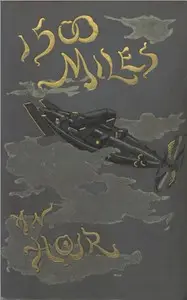
Fifteen Hundred Miles an Hour
By Charles Dixon
Embarking on a daring flight through space in a specially designed air carriage, a group of explorers face cosmic perils and the mysteries of a new world on a thrilling journey to Mars.
Summary
About the AuthorCharles Dixon was an English ornithologist, born in London. He discovered the St Kilda wren and a new species in North Africa. He collaborated with Henry Seebohm on his great work on British Birds, in the second volume of which he summarized and modified A. R. Wallace's theory of the relation between nests and coloration of birds. Elliott Coues wrote in the preface to the American edition of Dixon's book "Rural bird life" pointing out the originality of the observations made from the field and Julian Huxley noted Dixon for recognizing the value of prismatic binoculars for bird study. In his later years, he wrote in the newspapers on agricultural fairs and horse shows.
Charles Dixon was an English ornithologist, born in London. He discovered the St Kilda wren and a new species in North Africa. He collaborated with Henry Seebohm on his great work on British Birds, in the second volume of which he summarized and modified A. R. Wallace's theory of the relation between nests and coloration of birds. Elliott Coues wrote in the preface to the American edition of Dixon's book "Rural bird life" pointing out the originality of the observations made from the field and Julian Huxley noted Dixon for recognizing the value of prismatic binoculars for bird study. In his later years, he wrote in the newspapers on agricultural fairs and horse shows.

